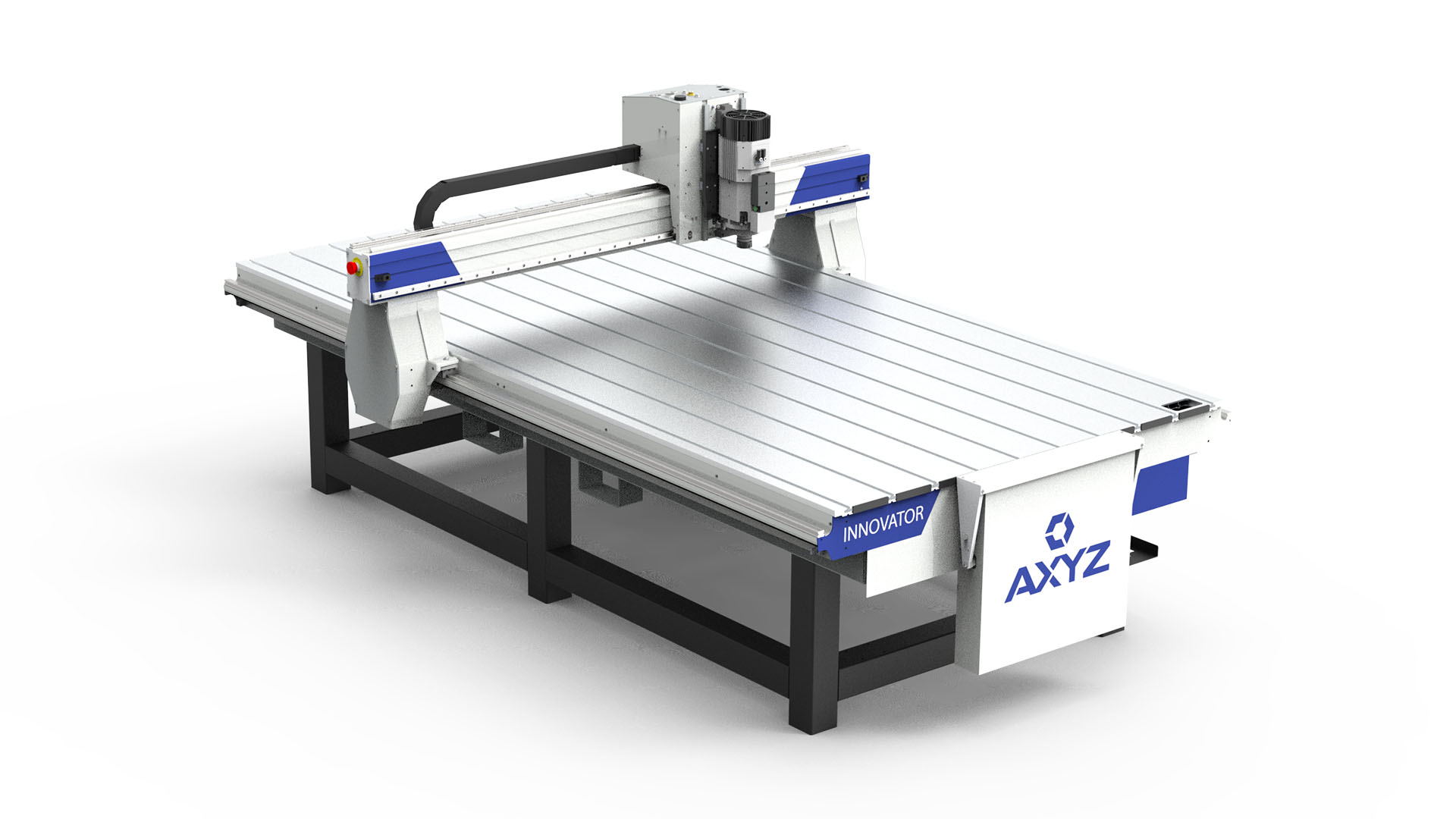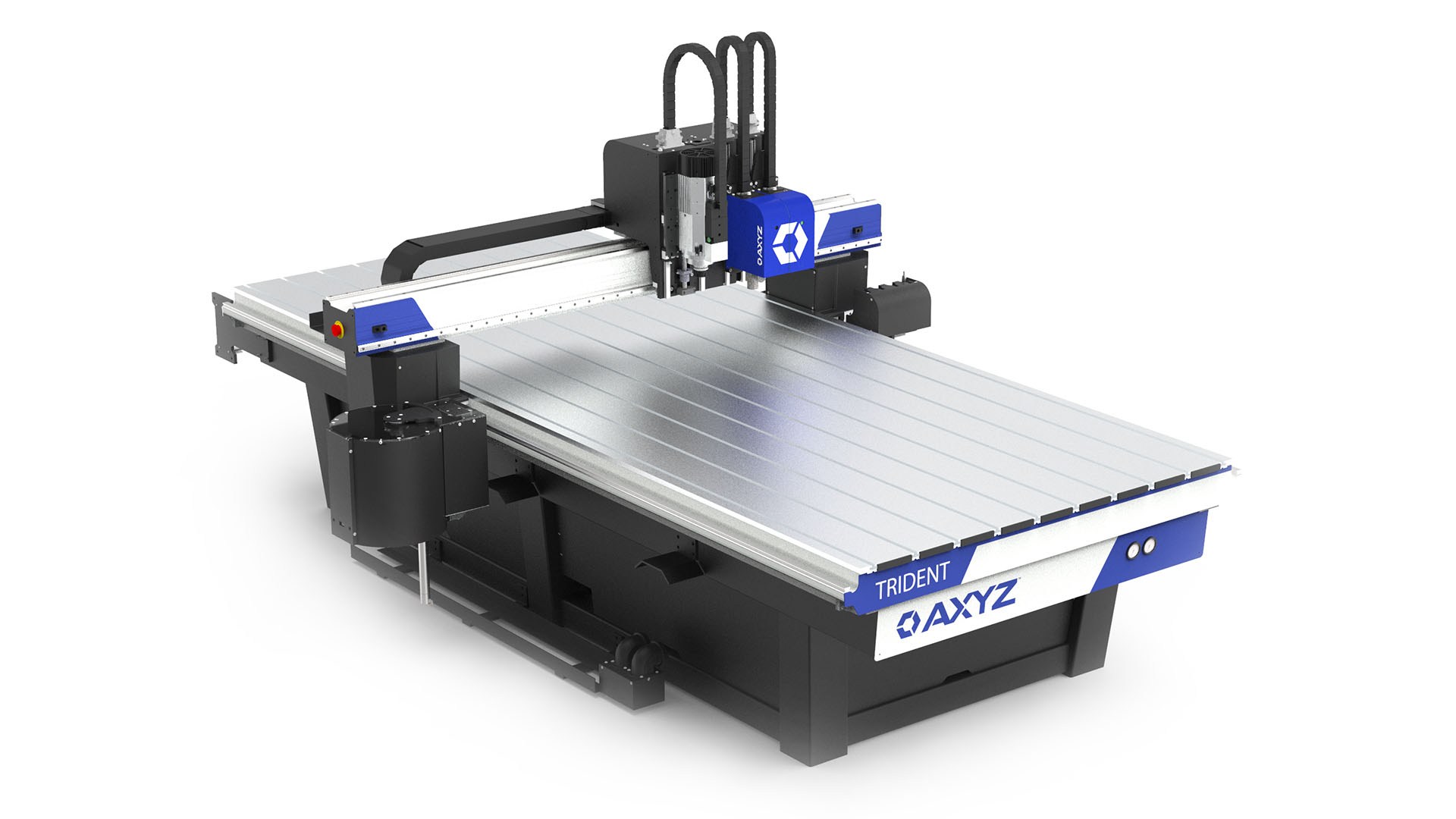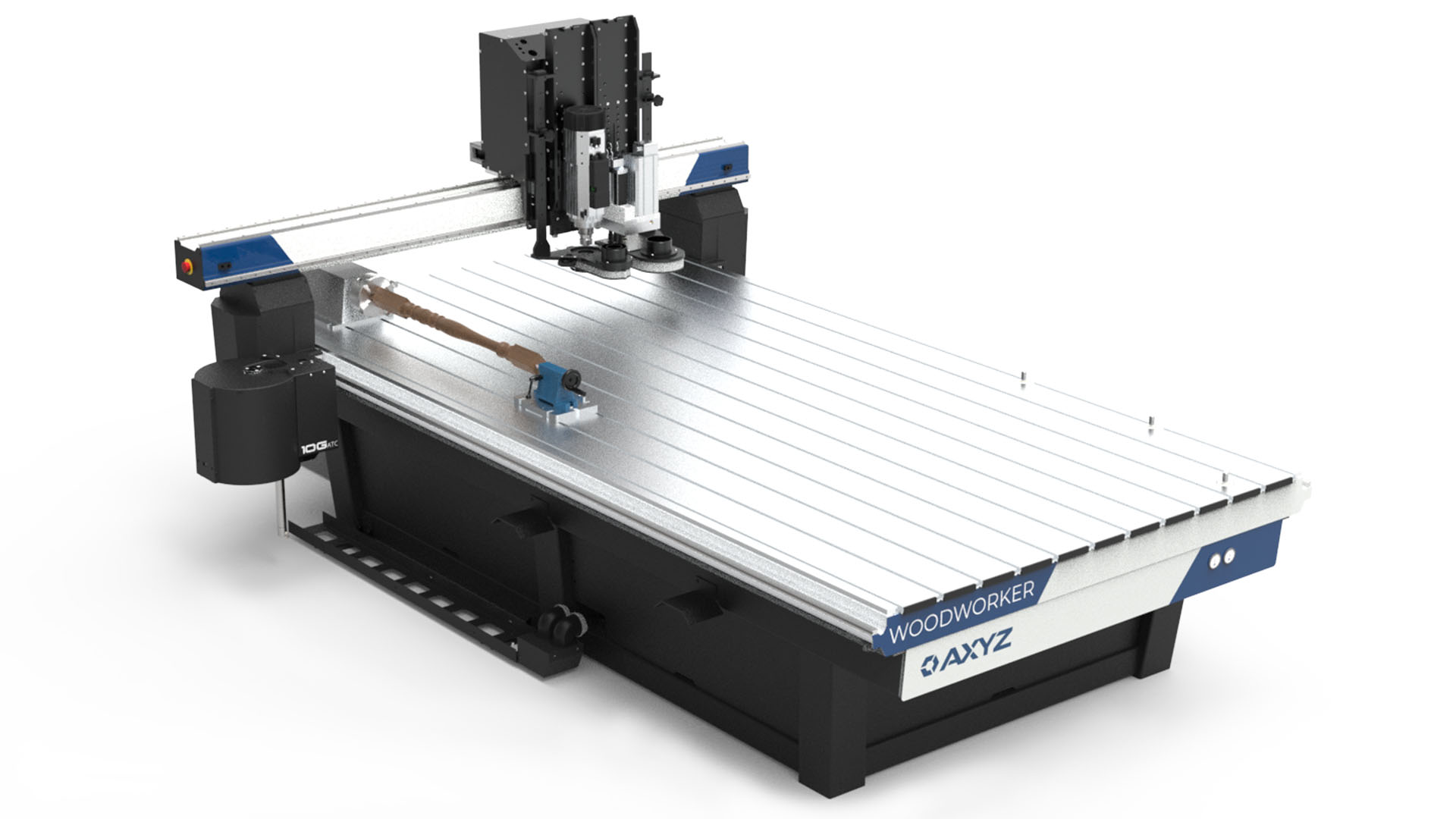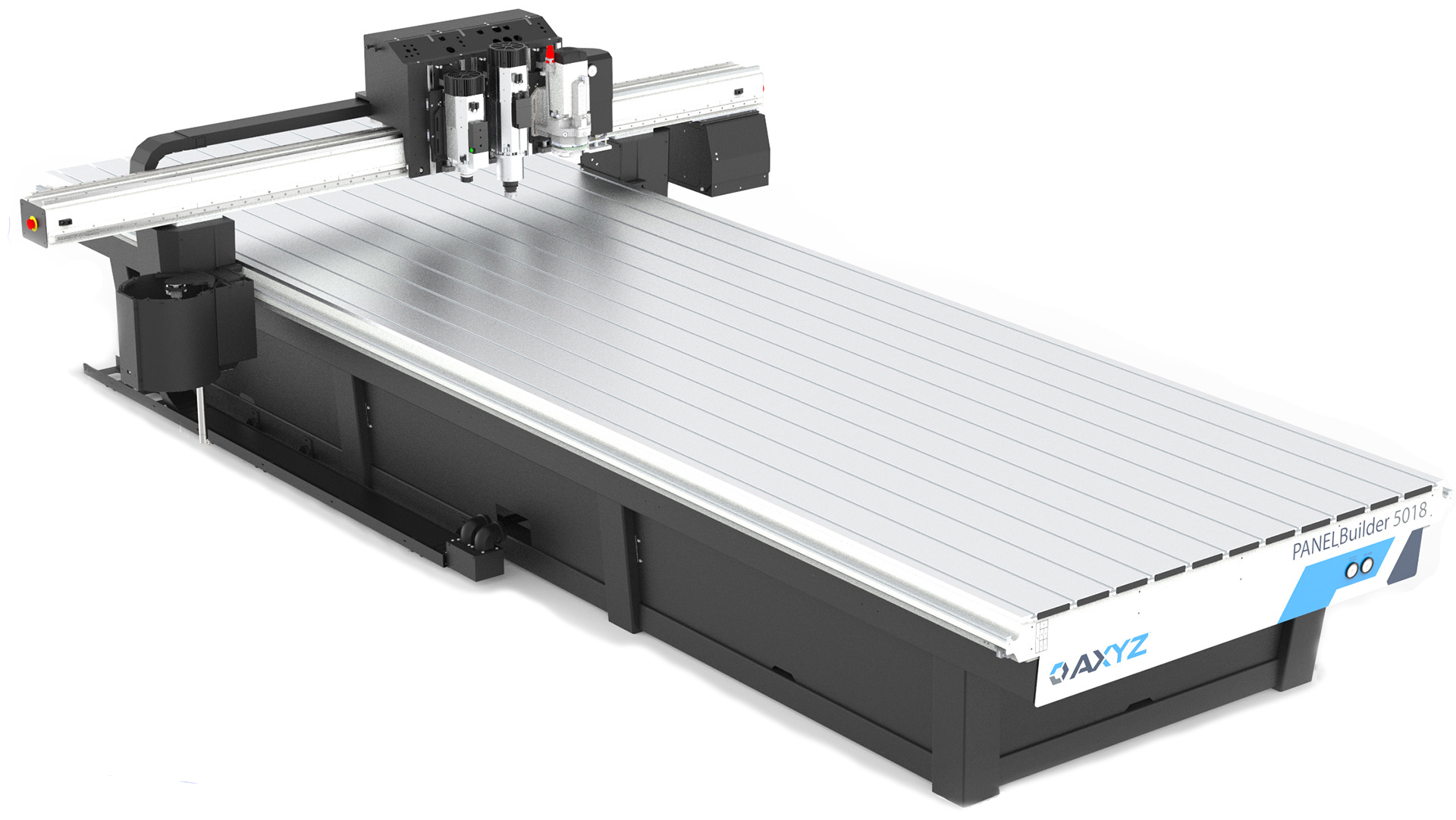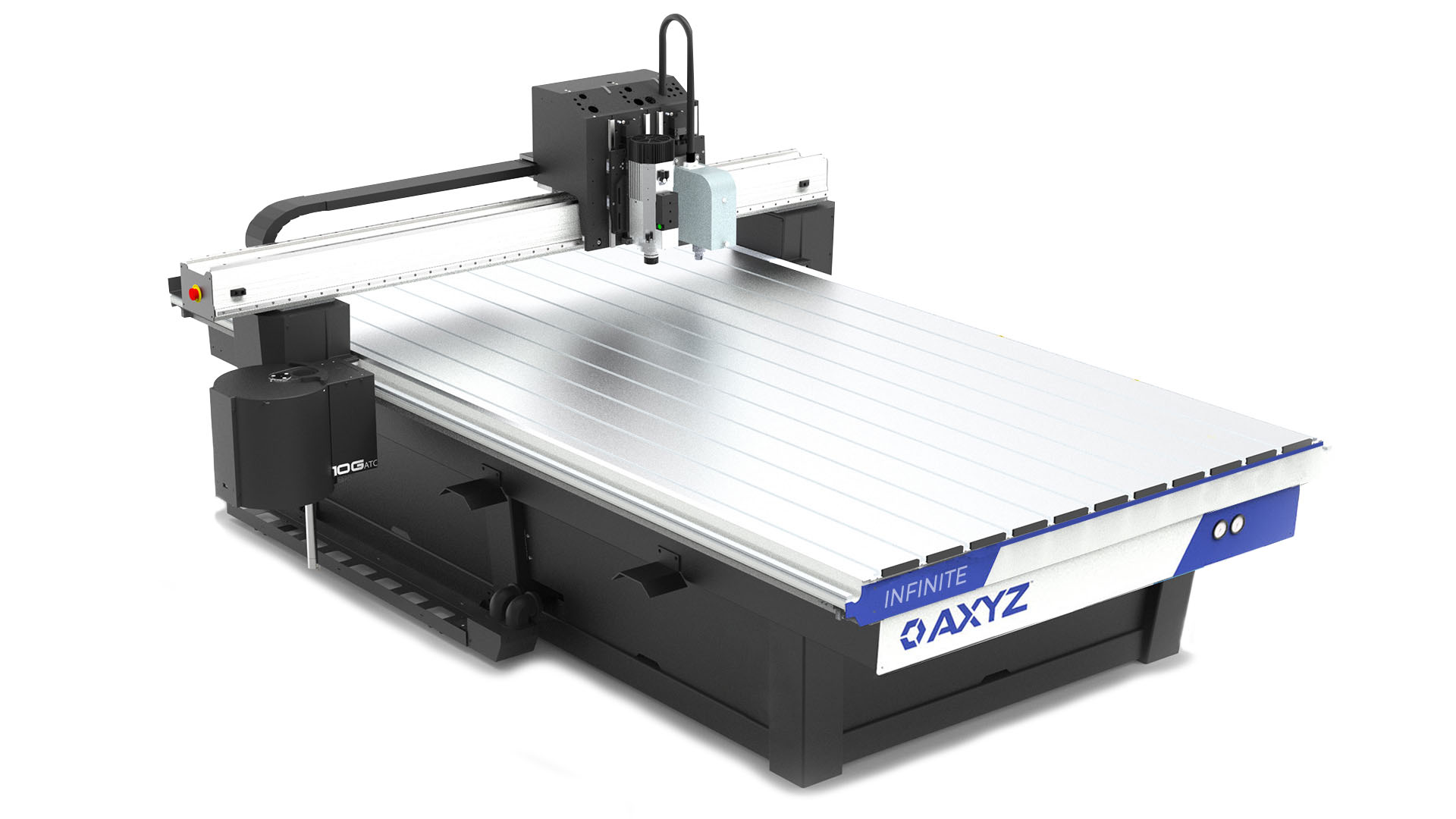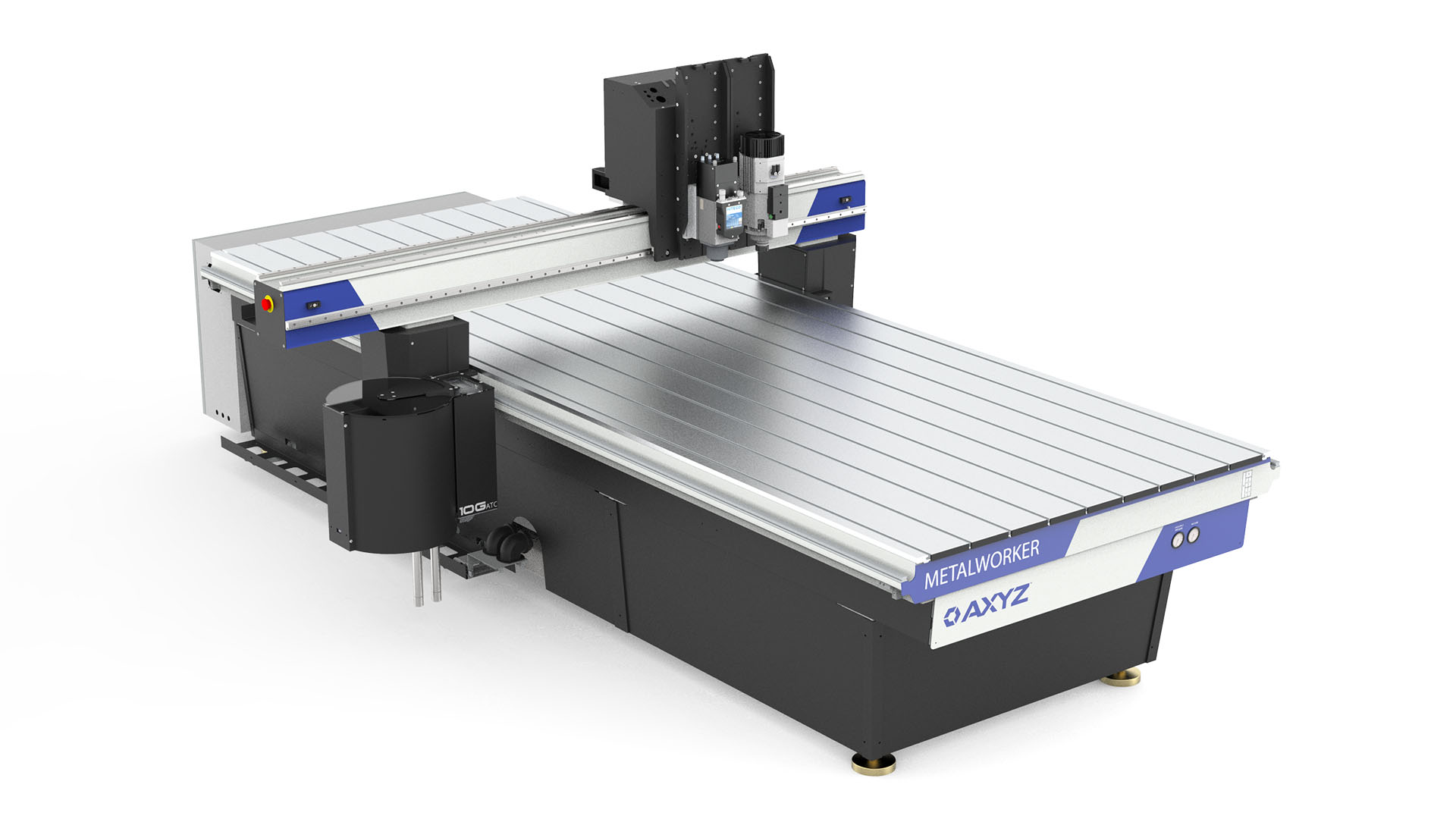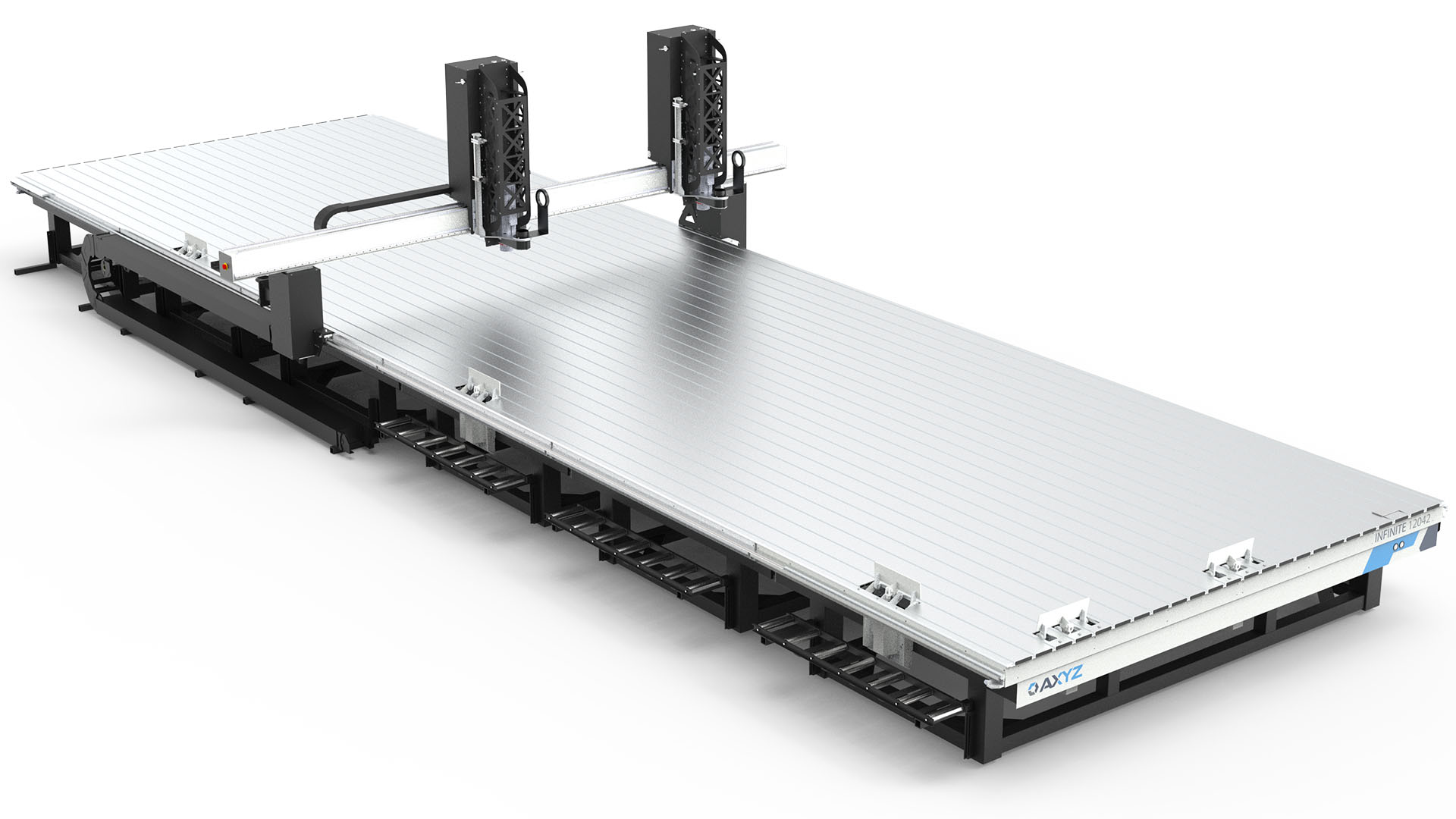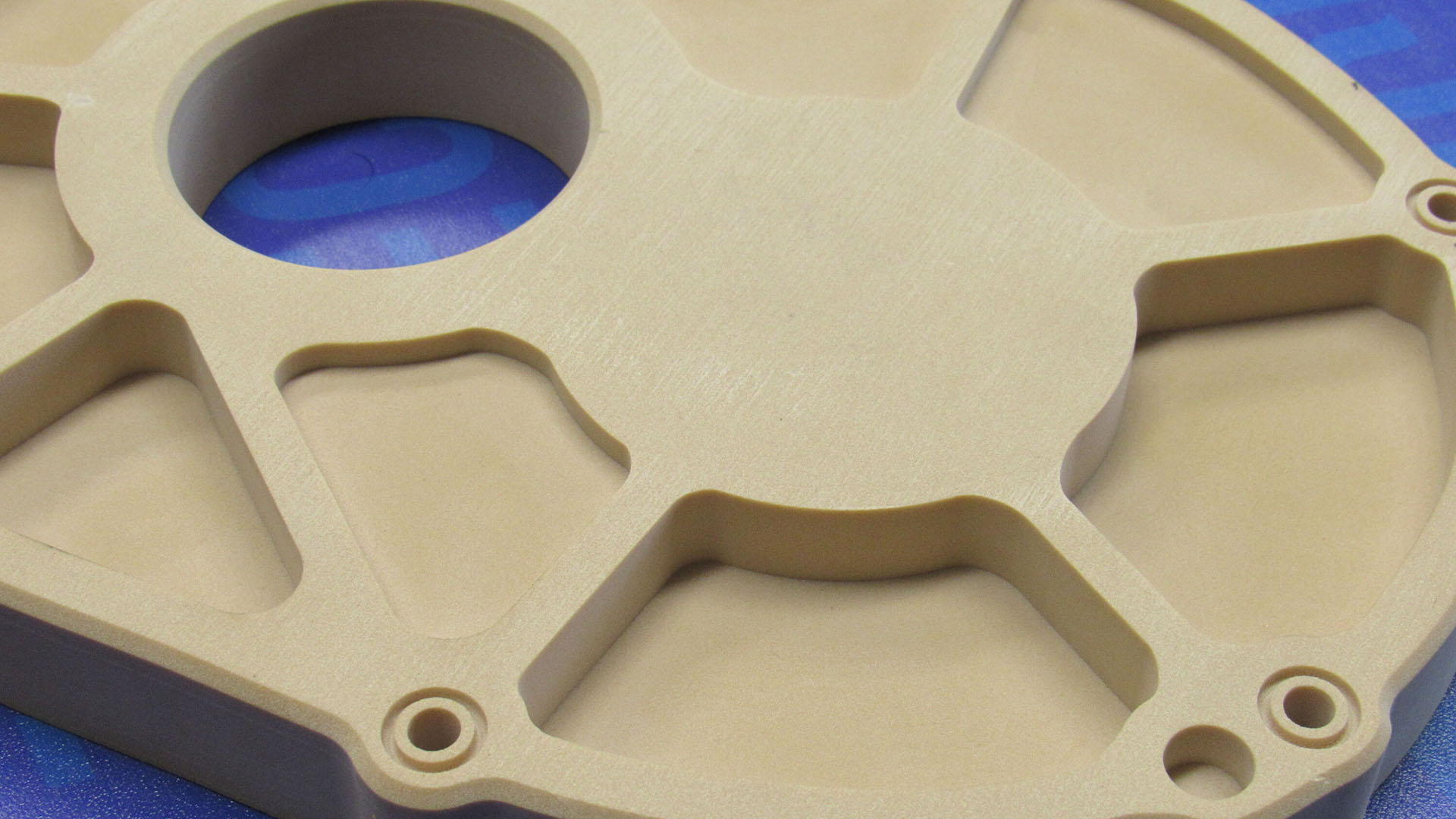Published in February 2017 issue of The IAPD Magazine. It can be viewed online HERE.
CNC routers are a vital tool for the plastics industry, and for good reason. They have become more customizable and capable of higher productivity and cut quality in all facets of production. Cutting accuracy, an absolute necessity to avoid defective runs and material waste, is virtually assured with today’s sophisticated models. When used correctly, they are productive and versatile, but production run results may fall short of specifications especially if maintenance protocols are not closely followed. CNC routers have evolved into machinery capable of performing a multitude of applications. While there is substantial training provided by router manufacturers, it is still incumbent upon owners and users to regularly update their knowledge to ensure the router performs with maximum efficiency. Taking the time to understand the totality of a CNC router and the maintenance behind its capabilities offers more opportunities for expansion of product repertoire and a maximum return on investment.
Avoid common mistakes
Designing and cutting plastics used to be time-consuming and costly. Material waste and higher manpower costs were two sides of the same coin. Parts would often require further finishing operations after cutting. Modern CNC routers have subsequently reduced or, in many cases, eliminated those problems. Improved tooling enables cutting at higher speeds for greater productivity. Yet, as is the case with any computerized and complex machinery, understanding the software is essential. Much of that learning curve occurs during training. The curve reappears when software is upgraded, which is a constant occurrence as manufacturers continue to develop newer technologies to avert obsolescence and help users improve their competitive standing.
Most of the better routers project lifespans of 15-20 years. Undoubtedly, the plastics industry and router manufacturing will continue to evolve over time. As such, any upgrades will require new user knowledge. For example, consider some of the recent advancements. Start with helical racks and pinions, which are often used in combination with servo drive motors. These provide the smooth motion critical for getting the best possible finish to the cut by providing more power driven into the gears. Rack and pinion systems allow the machine to achieve higher speed and acceleration, which means faster job turnaround. Helical racks run quietly and do not wear as quickly as conventional straight rack drive systems. This is all well and good, but like everything else on the machine, they have to be maintained on a regular basis to assure continued accuracy and tighter tolerances.
Occasionally, time crunches and business pressures may lead teams to take maintenance shortcuts, such as skipping certain lubrication requirements or conducting them with less frequency than recommended in the manufacturer’s manual. In the short term, these omissions may not cause problems for the router, but over the long term, shortcuts can jeopardize the accuracy of the cut and, worst case scenario, may shorten the router’s lifespan.
Customized and programmable CNC routers can easily and quickly cut from a few thousands of an inch to two inches in thickness. Multi-function cutting heads with a routing spindle and a knife tool on the same machine enable processing of a wide variety of rigid and semi-rigid plastics.
Selecting the right tool is another matter. The choice generally falls upon the operator who must rely on training conducted during installation and an up-to-date database that accurately cross-references tooling with materials. What tends to happen, though, is the clash of a busy production schedule with occasionally inflexible completion deadlines which leads the operator to decide based on experience instead of the database reference. One does not have to be a skilled CNC router operator to recognize what can happen to the cut and the costs if the choice is the wrong one.
In most cases, a quick call to a manufacturer’s application specialist will provide the guidance for tool and application, but only if someone makes the call.
An example from the field
The experience of a Pittsburgh, PA, USA company illustrates the importance of a culture that emphasizes maintenance. H+H System, Inc., a subsidiary of an Austria-based global firm, is a manufacturer of organizational storage systems for hospitals, laboratories and pharmaceutical applications. Its products include styrene trays to separate drugs, dressing materials and other health care items. Since 2013, the company has relied on the operation of its CNC router to cut and shape its trays consistently and accurately according to Dan Greer, H+H production lead.
“The point is to keep it running because any downtime on the machine is not good,” said Greer, who advises against maintenance shortcuts. “You have to follow maintenance manuals as closely as possible and some of it is really simple, such as keeping filters clean,” he said. Greer said he regularly applies white lithium grease for racks. Every two weeks, he takes the tools apart and cleans them.
“We have a magazine of all the different bits we combine and it breaks down into the one that is best suited for the application whether it is hard or soft plastic or aluminum,” Greer said.
The result of the company’s strong maintenance program is accurate and reliable router production.
“Everything that comes off is uniform, and if we’re running 100 trays, the first is the same as the last,” Greer said. “The router isn’t like a person — it never gets tired.”
A router and plastics caveat
Routers work best when used to their fullest extent, but remember that cutting and shaping require close attention to thickness and the different types of plastics. Regardless of the machine’s sophistication, users can expect occasional problems if an improper tool or bit is used simply because instruction manuals are not closely followed. Multi-function cutting heads can help reduce potential
machining issues for soft or hard plastics. So can the variety of tools when used properly, which gives the company more design and cutting options to meet the needs of its customers.
Keeping the router maintained according to manufacturer’s recommendations does more than guarantee efficient and cost-effective operations. It helps improve profitability — the ultimate return on investment.

